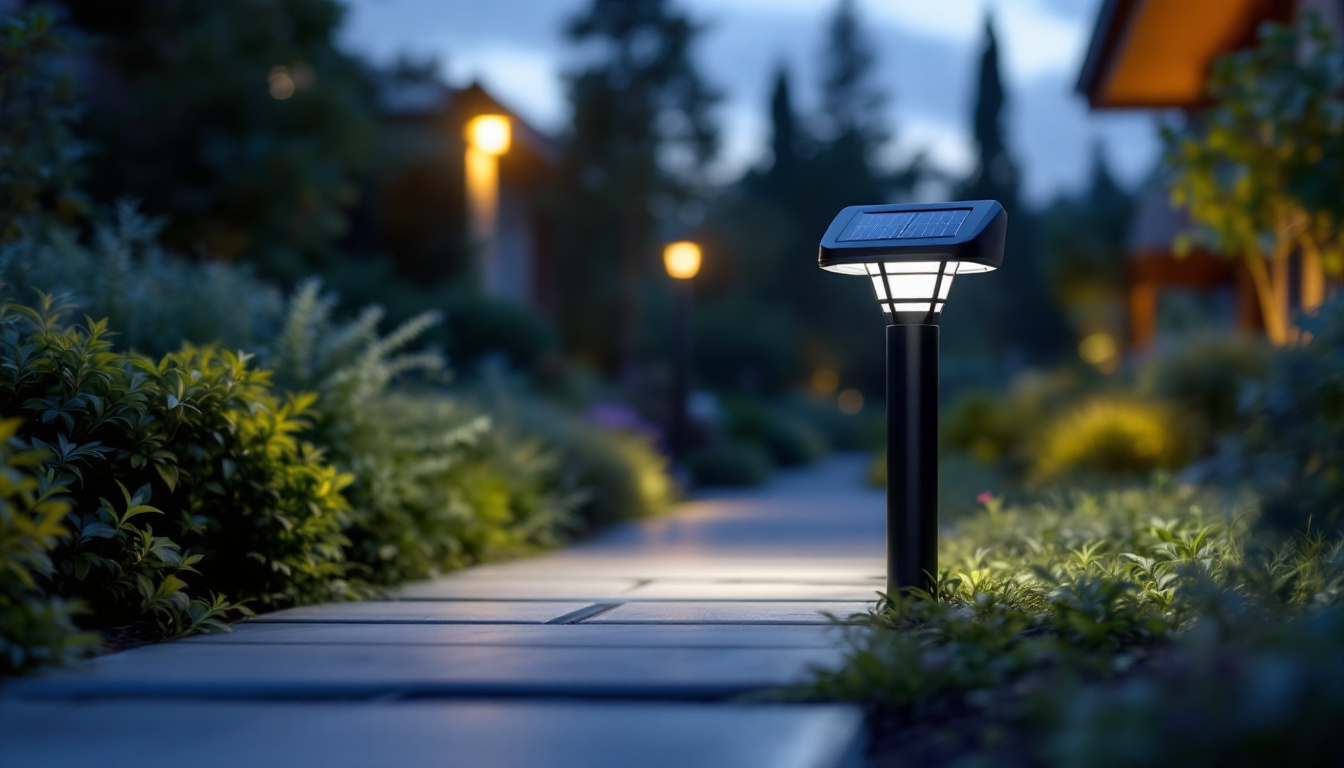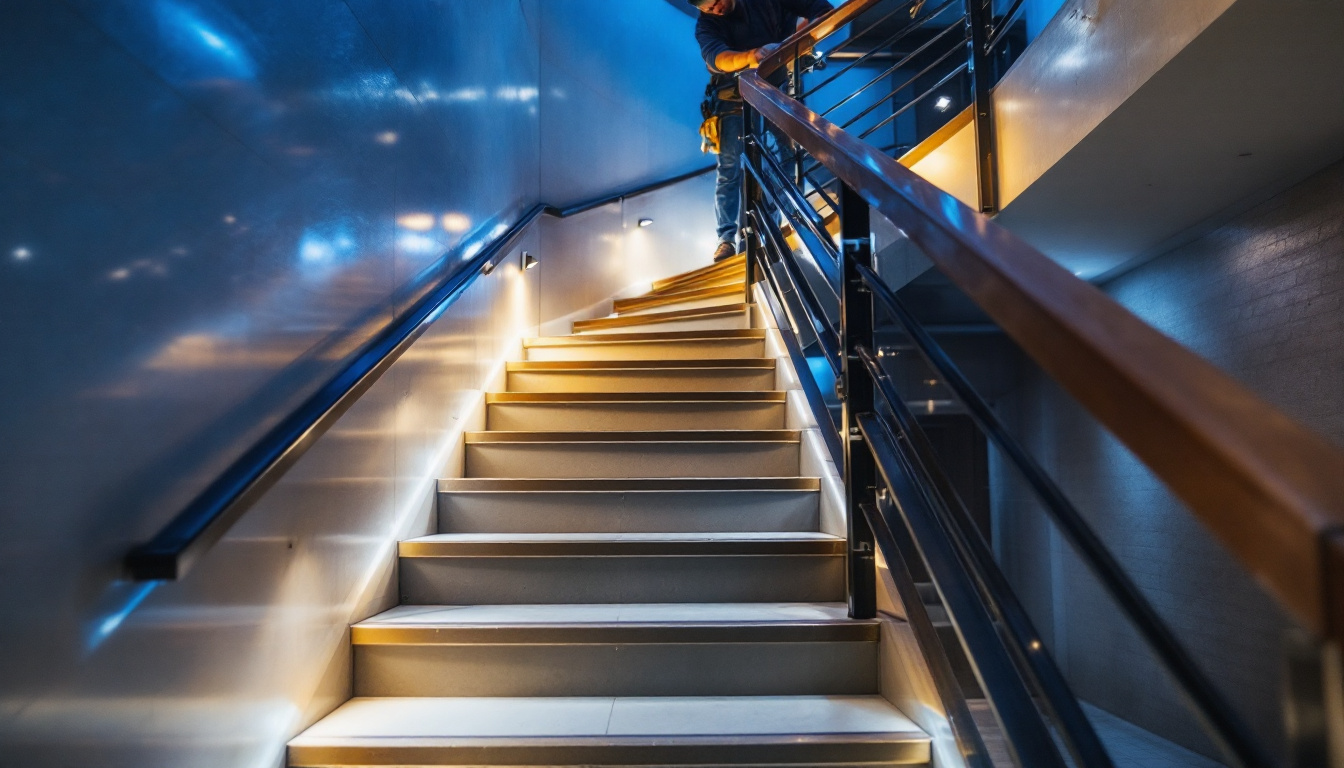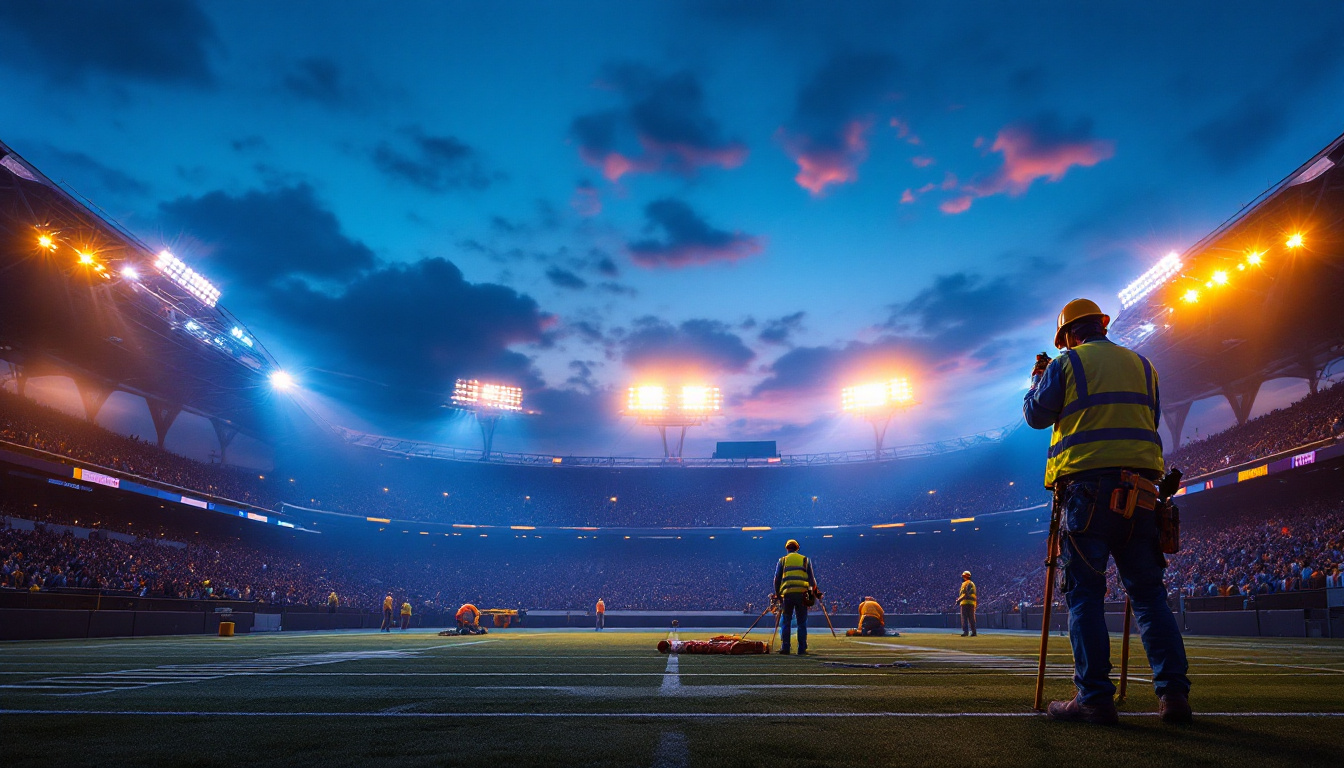
As the demand for sustainable and energy-efficient lighting solutions continues to grow, LED outdoor solar lights have emerged as a popular choice among contractors and homeowners alike. These innovative lighting systems not only reduce energy costs but also provide a reliable and eco-friendly alternative to traditional lighting. This article delves into the science behind LED outdoor solar lights, offering insights that lighting contractors can leverage to enhance their projects and meet client expectations.
Light Emitting Diodes (LEDs) are semiconductor devices that emit light when an electric current passes through them. Unlike traditional incandescent bulbs, which generate light through heat, LEDs produce light more efficiently, converting a higher percentage of energy into visible light. This efficiency not only reduces energy consumption but also extends the lifespan of the lighting fixture, making LEDs a preferred choice for outdoor applications.
One of the key advantages of LEDs is their versatility. They can be designed in various shapes, sizes, and colors, allowing contractors to create custom lighting solutions tailored to specific environments. Additionally, LEDs are more durable than traditional bulbs, as they are less prone to breakage and can withstand harsh weather conditions, making them ideal for outdoor installations. The ability to produce a wide spectrum of colors also opens up creative possibilities for designers, enabling them to enhance aesthetics in parks, pathways, and architectural features.
The efficiency of LEDs is measured in lumens per watt (lm/W), which indicates how much visible light is produced for each watt of electricity consumed. High-quality LEDs can achieve efficiencies of over 100 lm/W, significantly outperforming traditional lighting options. This efficiency translates into lower energy bills for clients and a reduced carbon footprint for the environment. Furthermore, the directional nature of LED light allows for more effective illumination, focusing light where it is needed most, thereby minimizing wasted energy and enhancing visibility in outdoor settings.
In terms of longevity, LEDs can last up to 25,000 hours or more, depending on the quality of the product and the operating conditions. This longevity means fewer replacements and maintenance costs, making LED outdoor solar lights a cost-effective solution for contractors and their clients. Moreover, the gradual dimming of LEDs over time, rather than sudden failure, ensures that lighting remains effective for longer periods, providing consistent performance. As technology advances, innovations such as smart LEDs are emerging, allowing for features like remote control, dimming capabilities, and integration with smart home systems, further enhancing their appeal in modern lighting design.
At the heart of solar-powered lighting systems are photovoltaic (PV) panels, which convert sunlight into electricity. These panels are made up of solar cells, typically composed of silicon, that generate direct current (DC) electricity when exposed to sunlight. The efficiency of solar panels can vary based on factors such as the angle of sunlight, temperature, and the quality of the materials used.
Once the solar panels capture sunlight, the generated electricity is used to charge a battery, which stores energy for use when sunlight is not available, such as during the night or on cloudy days. This storage capability is crucial for outdoor solar lights, ensuring they remain functional regardless of environmental conditions.
The type of battery used in solar lighting systems plays a significant role in performance. Common battery types include lead-acid, nickel-cadmium (NiCd), and lithium-ion. Each type has its advantages and disadvantages in terms of cost, lifespan, and charging efficiency. For instance, lithium-ion batteries are increasingly popular due to their higher energy density, longer lifespan, and lower self-discharge rates compared to traditional lead-acid batteries.
When selecting batteries for solar lighting systems, contractors should consider factors such as the expected usage patterns, environmental conditions, and the overall design of the lighting system. Proper battery management systems can also enhance performance by optimizing charging and discharging cycles, ultimately extending the life of the battery.
When integrating LED technology with solar power, several design considerations come into play. The first is the placement of solar panels, which should be positioned to maximize sunlight exposure throughout the day. This may involve adjusting the angle of the panels or selecting locations that are free from obstructions such as trees or buildings.
Another important aspect is the selection of LED fixtures that are compatible with solar power systems. Contractors should look for fixtures with built-in controllers that can manage the energy flow between the solar panels, battery, and LEDs. This integration ensures that the system operates efficiently and provides consistent lighting performance.
As technology continues to evolve, the integration of smart features into solar lighting systems is becoming increasingly common. Smart solar lights can be equipped with motion sensors, timers, and even remote control capabilities, allowing for enhanced functionality and energy savings.
For lighting contractors, incorporating smart technology into solar lighting solutions can provide clients with added convenience and control. For example, motion sensors can automatically turn on lights when someone approaches, ensuring safety while conserving energy when the area is unoccupied.
Before installation, a thorough site assessment is crucial. This involves evaluating the location for sunlight exposure, potential obstructions, and the specific lighting needs of the area. Understanding the environment will help contractors determine the optimal number of solar lights needed, their placement, and the type of fixtures that will best serve the space.
Consideration should also be given to the local climate, as factors such as rainfall, snow, and temperature extremes can impact the performance of solar lights. By assessing these elements, contractors can make informed decisions that will enhance the longevity and effectiveness of the installation.
Proper installation techniques are essential for ensuring the performance and durability of solar lighting systems. This includes securely mounting solar panels and fixtures to withstand wind and weather conditions. Additionally, contractors should ensure that all wiring is protected from the elements and that connections are secure to prevent energy loss.
It is also advisable to test the system after installation to verify that all components are functioning correctly. This can help identify any issues early on and ensure that clients receive a reliable lighting solution that meets their needs.
While solar lighting systems generally require less maintenance than traditional lighting, routine checks are still necessary to ensure optimal performance. This includes cleaning solar panels to remove dirt, debris, and snow that may obstruct sunlight. Regularly inspecting the battery and connections can also help identify potential issues before they become significant problems.
Contractors should educate clients on the importance of maintenance to extend the life of their solar lights. Providing a maintenance schedule can empower clients to take an active role in caring for their lighting systems, ultimately leading to better performance and satisfaction.
Even with proper installation and maintenance, issues may arise with solar lighting systems. Common problems include dimming lights, lights that do not turn on, or inconsistent performance. Troubleshooting these issues often involves checking the solar panels for obstructions, ensuring the batteries are charged, and inspecting wiring for damage.
In cases where problems persist, contractors may need to replace components such as batteries or LED fixtures. Understanding the common issues and their solutions will enable contractors to provide better service and support to their clients, reinforcing their expertise in solar lighting systems.
The future of LED outdoor solar lights is bright, with several emerging trends shaping the industry. One significant trend is the increasing integration of smart technology, enabling features such as remote monitoring and control through mobile applications. This advancement not only enhances user convenience but also allows for better energy management.
Another trend is the development of more efficient solar panels and batteries, which will further improve the performance of solar lighting systems. As technology continues to advance, contractors will have access to more powerful and reliable components, enabling them to offer even better solutions to their clients.
As environmental concerns continue to rise, the demand for sustainable lighting solutions will likely increase. LED outdoor solar lights are inherently eco-friendly, as they rely on renewable energy and produce no harmful emissions. Contractors who prioritize sustainability in their projects will not only appeal to environmentally conscious clients but also contribute to a greener future.
By staying informed about the latest advancements in LED and solar technologies, lighting contractors can position themselves as leaders in the industry, providing innovative solutions that meet the evolving needs of their clients.
LED outdoor solar lights represent a significant advancement in lighting technology, combining energy efficiency, sustainability, and versatility. For lighting contractors, understanding the science behind these systems is essential for delivering high-quality installations that meet client expectations. By mastering the integration of LED and solar technologies, as well as staying abreast of industry trends, contractors can enhance their service offerings and contribute to a more sustainable future.
As the market for solar lighting continues to grow, embracing this technology will not only benefit contractors and their clients but also the environment as a whole. By investing in knowledge and skills related to LED outdoor solar lights, contractors can ensure they remain competitive in an ever-evolving industry.
Ready to elevate your lighting installations with the efficiency and sustainability of LED outdoor solar lights? At LumenWholesale, we provide lighting contractors with the highest quality, spec-grade lighting products at unbeatable wholesale prices. Say goodbye to local distributor markups and hello to superior lighting solutions that meet the highest industry standards. With our hassle-free bulk buying and free shipping, you can secure premium lighting for your projects at the best value — no hidden fees, no compromises. Take the next step towards a brighter, greener future and explore our collection at LumenWholesale now.

Discover the essentials of instant start ballasts in this comprehensive guide tailored for lighting contractors.

Discover how lighting contractors are transforming spaces with Metal Stairs Light Indoor LED solutions.

Discover essential insights for lighting contractors in our comprehensive guide on stadium lights.

Discover essential insights from lighting contractors on choosing the perfect warehouse lamps.